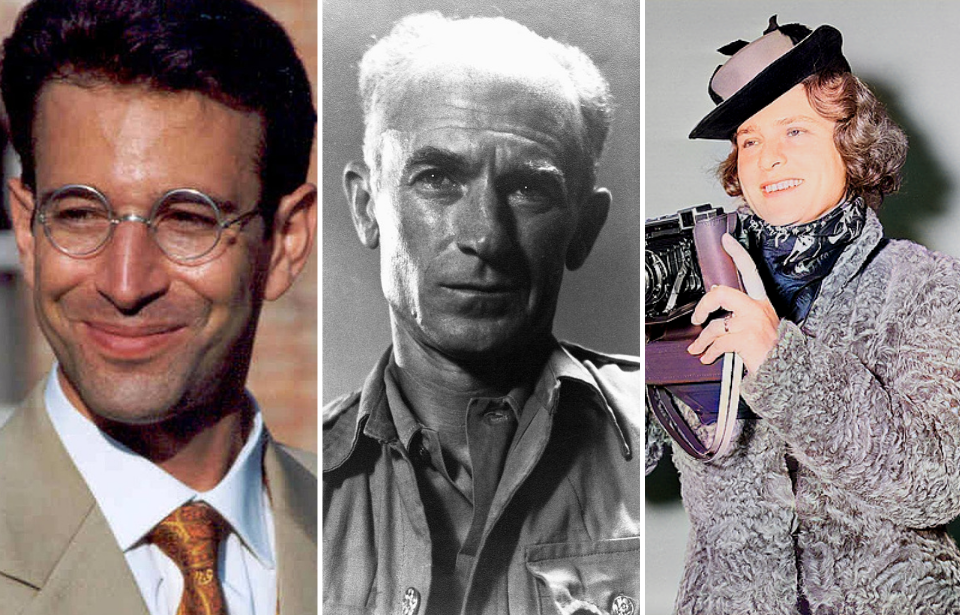It’s long been a tradition for serious journalists to embed themselves in the most dangerous situations possible in order to get a story – and there’s no more dangerous situation than war. Many of the most prominent journalists of the 20th century made their bones on battlefields, and while it’s less common today for reporters to travel overseas, it’s still seen as a badge of honor.
The following 10 journalists are arguably the best American war correspondents to ever put pen to paper.
Daniel Pearl
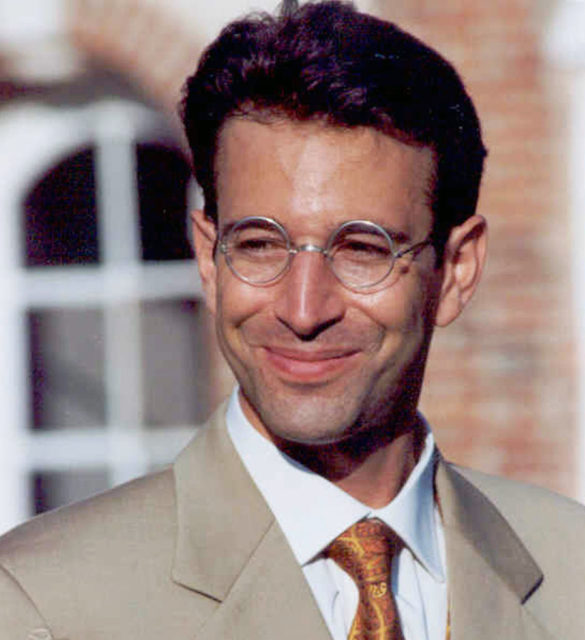
It takes an awful lot of courage to be a war correspondent, as the job is incredibly dangerous. Few people exemplify this better than Daniel Pearl. Following the attacks on September 11, 2001, the Southeast Asia bureau chief of The Wall Street Journal relocated to Karachi, Pakistan.
Despite the danger, Pearl doggedly pursued leads. On January 23, 2002, he was abducted by the National Movement for the Restoration of Pakistani Sovereignty, a militant group, who threatened to kill him unless Pakistani terror detainees were released from prison. Other demands were made, as well. Nine days later, they made good on their threat and beheaded the journalist.
Pearl’s story was later told in the 2007 film, A Mighty Heart, which is based on the memoir written by his widow, Mariane Pearl.
Ernest Hemingway
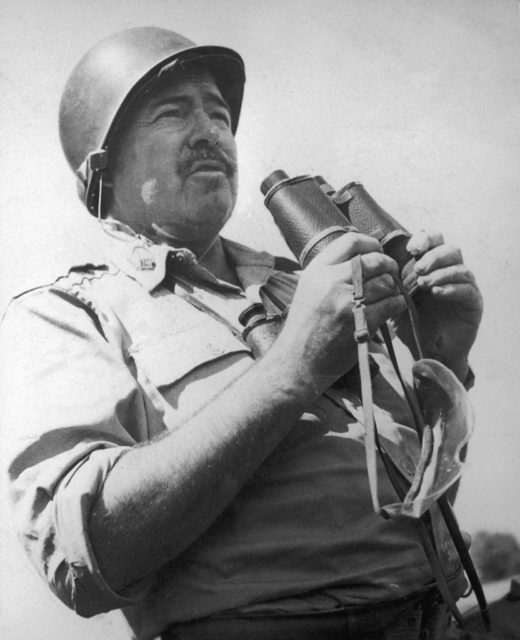
In addition to being one of America’s most prominent authors, Ernest Hemingway also had a significant connection to the US military. His poor eyesight prevented him from serving in the US Army in World War I, but didn’t stop him from volunteering as an ambulance driver for the Red Cross in Italy. While overseas, he was wounded by mortar fire, resulting in a six-month hospital stay.
When the Second World War broke out, Hemingway was a world-famous author. Still, he decided to embed himself in a number of different combat situations, filing his reports for Collier’s Magazine. He was present at the Normandy Landings on D-Day and the liberation Paris, and while attached to the 22nd Infantry Regiment became the de facto leader of a militia in Rambouillet.
He was later awarded the Bronze Star for his efforts.
Wolf Blitzer
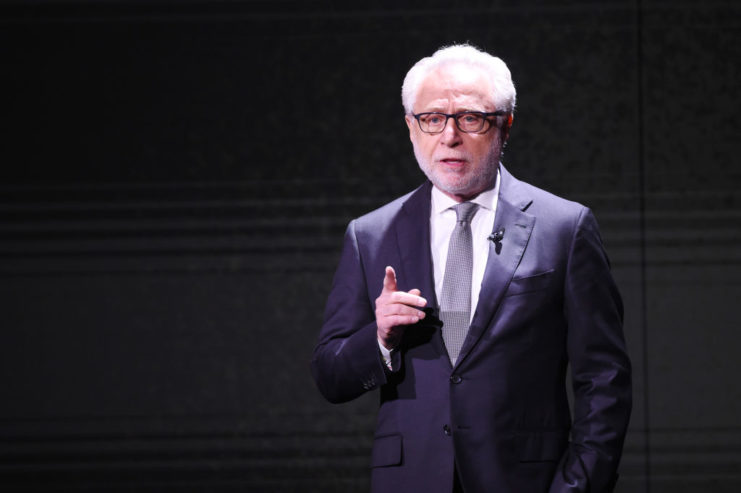
For a certain generation, Wolf Blitzer was the first war correspondent they ever saw. Blitzer, fluent in Hebrew, began his career working in Tel Aviv, and in 1990 made his way over to the US to work for CNN as the news network’s military affairs reporter.
One of Blitzer’s first assignments with the network was as a correspondent during the Gulf War. He and his team won a CableACE Award for their coverage of the conflict. Thirty-two years later, he still works for CNN as host of The Situation Room with Wolf Blitzer.
Marguerite Higgins
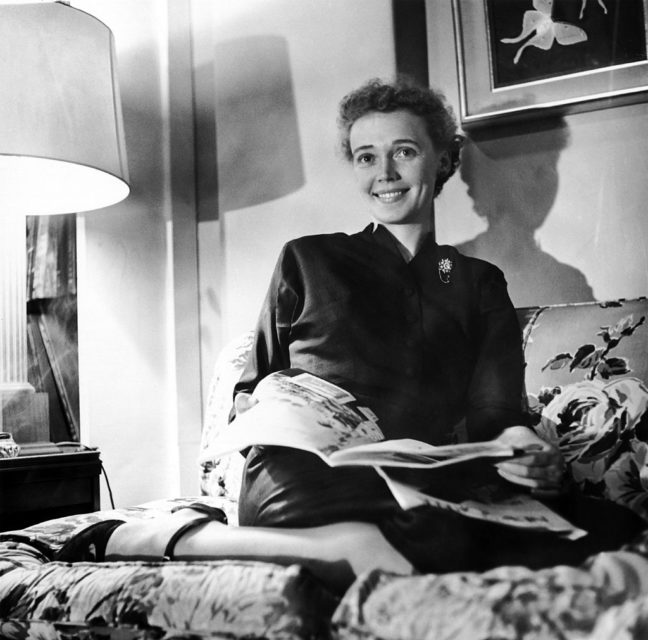
Marguerite Higgins was ahead of her time and, as a result, kicked down the door for newswomen of the future. Born in Hong Kong in 1920, she covered World War II for The New York Herald Tribune. She was stationed in Paris, London and Germany, the latter of which led to her being present during the liberation of Dachau concentration camp.
Higgins, again, traveled overseas after being made the bureau chief for the Tribune‘s Tokyo office, after which she covered the Korean War. She was among the first war correspondents to arrive in the country, and was one of five to be awarded the 1951 Pulitzer Prize for International Reporting.
The reporter’s last assignment was to cover the Vietnam War for Newsday, and it was in Vietnam that she caught leishmaniasis, which causes sores and ulcers to appear on the skin. She died from the disease in 1966, at the age of 45, and was interred at Arlington National Cemetery.
Edward R. Murrow
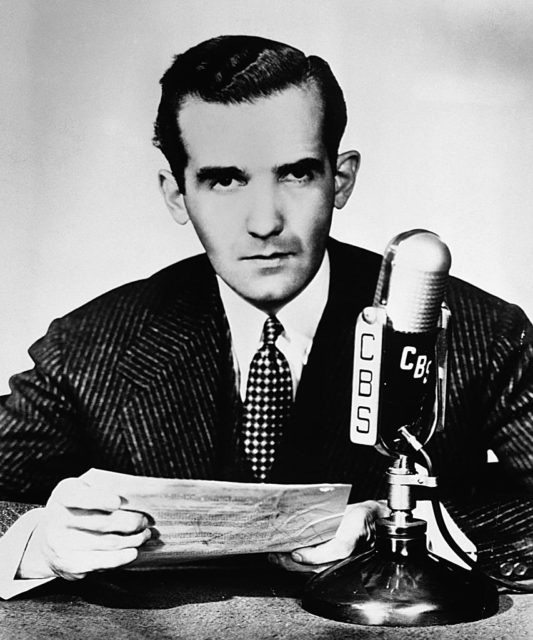
Edward R. Murrow is considered one of the greatest news anchors to ever work in the industry. Born in North Carolina in 1908, he first became known to the general public as a WWII correspondent for CBS. He’d been hired by the channel in 1935 and two years later was transferred to London to serve as its director of European operations.
Murrow covered many events leading up to the start of the Second World War, such as the Anschluss and the crisis over the Sudetenland in Czechoslovakia. In charge of a team of correspondents nicknamed the “Murrow Boys,” he flew on 25 Allied combat missions over Europe, and during the Blitz bombings was know to stand on buildings throughout London, to properly convey what was happening to radio listeners.
Following the war, Murrow became vice president of CBS and head of CBS News. He also hosted a program called See It Now, which had a significant impact on the way stories were covered.
Anderson Cooper
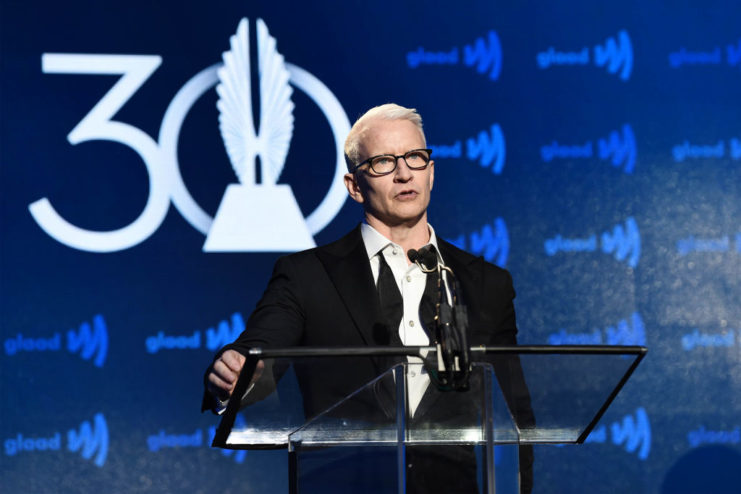
Anderson Cooper is one of the more prominent journalists in the industry today. What many might not realize is that the CNN anchor has always been old-school in his methods. Cooper, a Yale graduate and the son of fashion icon Gloria Vanderbilt, felt a need to prove himself early on in his career. In the early 1990s, he convinced news agency Channel One to allow him to cover the war torn regions of Somalia, Rwanda and Bosnia.
Cooper joined CNN in 2001. In his 20 years with the news network, he has experienced tremendous success, particularly with his show Anderson Cooper 360°, and is known for his coverage of the Cedar Revolution in Beirut, Lebandon and for hosting the Planet in Peril documentary.
Jack London
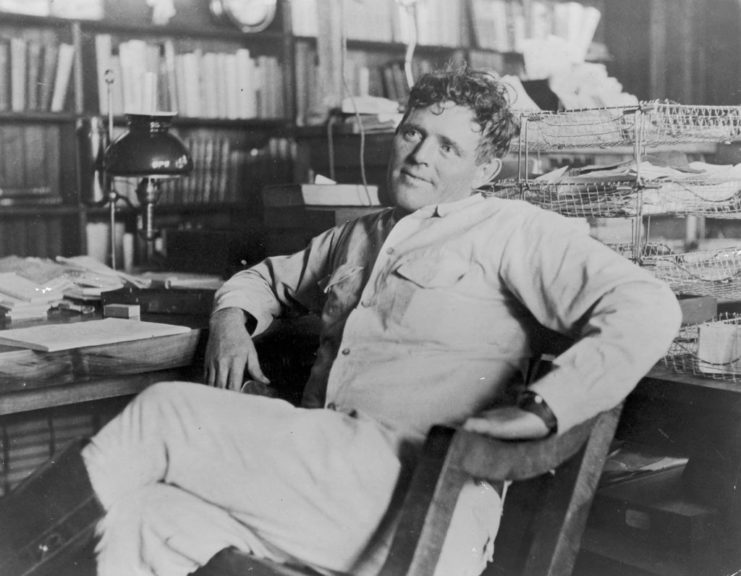
Jack London was one of the most prominent novelists of the 19th and early 20th centuries. Most US students have encountered his writing through Call of the Wild (1903) and White Fang (1906), both of which have seen film adaptions released in theaters.
A year after writing Call of the Wild, London was hired by the San Francisco Examiner to serve as a correspondent during the Russo-Japanese War – and didn’t have a good time of it. London was arrested by the Japanese on multiple occasions for getting too close to the border. After requesting to transfer to the Russian side, he was, again, arrested, this time for assaulting his assistants. President Theodore “Teddy” Roosevelt intervened to get him released and returned to the US.
When not under arrest, London was able to cover some of the conflict, including the Battle of the Yalu, which was the first major land battle of the conflict.
Margaret Bourke-White
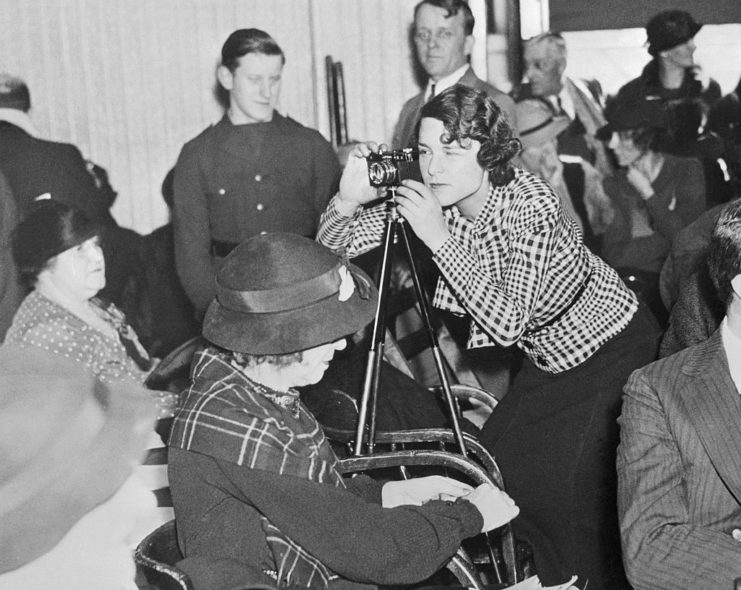
Margaret Bourke-White was born in the Bronx in 1904, and began her career as a commercial and architectural photographer. Over time, she embraced photojournalism and became the first Western professional photographer to be permitted to enter the Soviet Union.
As Germany increased its sphere of influence across Eastern Europe, Bourke-White traveled the continent to see how countries were faring. The first woman to be allowed to work in combat zones during the Second World War, she was the only foreign photographer present when German forces attacked Moscow. After this, she was attached to the US Army Air Forces in North Africa and the US Army in Italy and Germany. In the spring of 1945, she toured the latter with Gen. George Patton.
She later covered the violence resulting from the partition of India, and during the Korean War worked as a photojournalist for Life magazine. Bourke-White died in August 1971 from Parkinson’s disease.
Dan Rather
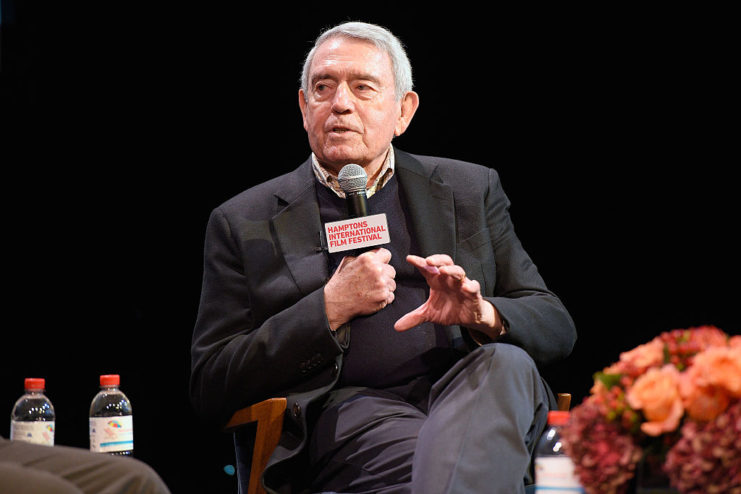
Dan Rather was a renowned news anchor for decades. Two very notable events happened during his career in the 1960s; he was the first newsperson to report on the assassination of US President John F. Kennedy, and provided on-the-ground coverage during the Vietnam War. He also covered the Watergate scandal during Richard Nixon‘s presidency.
Rather later said of his experience in Vietnam, “It’s impossible to convey the confusion and chaos of the battlefield, the brutality and savagery of war, unless you’ve fought in it or been an eyewitness to it. I had never experienced anything close to it before, and I hope never to again.”
Ernie Pyle
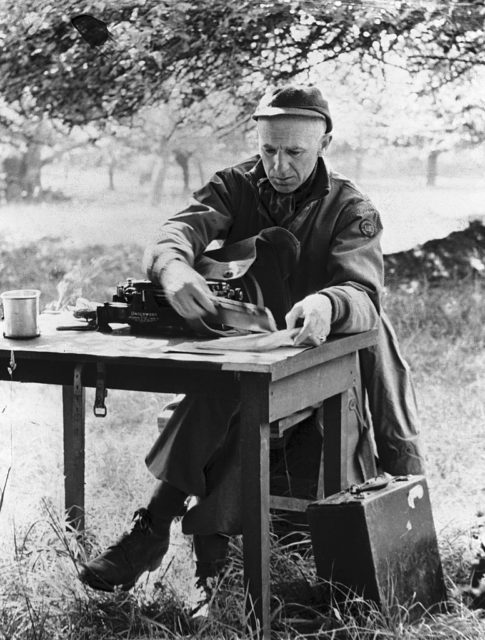
Ernie Pyle is heralded as one of the most dedicated war correspondents to ever enter the field. Prior to the Second World War, he’d earned acclaim through D.C. Airports Day by Day, an aviation column that received national syndication.
Pyle took this same tack while working as a correspondent for Scripps Howard newspapers. After covering the London Blitz, he returned to the US, where he grew anxious for adventure. He thought this would be with the US Navy, but he was denied because of his short stature. Instead, he continued his work as a war correspondent, traveling to North Africa, Europe and, later, the Pacific, with American troops.
More from us: Patrick Fleming: The Flying Ace Who Shot Down 19 Japanese Aircraft In Just Six Sorties
Pyle became known for the way he wrote about the men he was surrounded by; his coverage was about them, not the battles they fought. He was particularly fond of infantrymen, whom he believed were the Army’s “underdogs.” This view didn’t necessarily translate to his coverage of Navy sailors and US Marines, who he felt had an easier time than those fighting in Europe.
On April 17, 1945, Pyle was killed when the Jeep he was traveling in was attacked by a Japanese machine gunner in Ie Shima, Japan. His death was a blow to those back in the US, with President Harry Truman noting that no other person had covered the stories of those fighting overseas better than Pyle.
